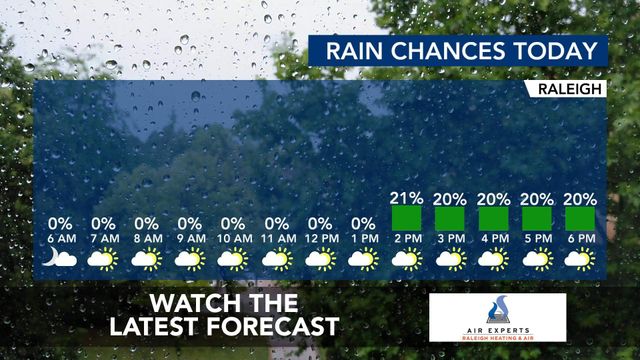Grave Is Found at Site of Historic Black Church in Colonial Williamsburg
Archaeologists working in Colonial Williamsburg to unearth what life was like for the original congregants of one of the oldest Black congregations in the country have uncovered one and possibly two graves and more than 12,000 artifacts, including an ink bottle, doll fragments and coins.
Digging beneath a parking lot in the Virginia city, the researchers were able to find the foundations for a brick church built in 1856, what may be an even older church building and a grave or graves potentially for members of the congregation, the Historic First Baptist Church of Williamsburg, Jack Gary, Colonial Williamsburg’s director of archaeology, said Tuesday. Gary, who is overseeing the excavation, said that there was at least one grave and possibly two and that there were probably more burial shafts at the site.
“When I set foot on the excavation site and listened to the history that they were uncovering, it was an awesome feeling,” said the Rev. Julie Grace, who was christened at the church in 1949 and is now an associate minister. “To be standing on the same ground of our ancestors — there’s no feeling like realizing that your ancestors have such an important part of history.”
The archaeological project is being backed by leaders of the historic church, whose members include descendants of those who attended the church at the excavation site. The first phase of the dig began in September and ended earlier this month. The next phase is set to begin in January.
“The presence of African Americans is all over Colonial Williamsburg,” Gary said. “Fifty-two percent of the population was Black. The difference here is this is one space where a lot of folks in that community are coming together. This is the space where things were happening.”
According to the project’s website, free and enslaved Black people met in secret to found the First Baptist Church around the start of the American Revolution. The remains of the first Baptist Meeting House, which records show stood at the site in 1818 and perhaps as early as the late 18th century, may be buried at the excavation site, though it will take more research to be certain.
Another church building was erected in 1856 and stood for nearly a century until it was purchased by the Colonial Williamsburg Foundation in 1956. The building was torn down that year as part of Colonial Williamsburg restoration efforts, with another church being built blocks away. The goal, Gary said, was to restore the area to how it appeared during the colonial period.
“The story of a Black congregation was not part of the Colonial Williamsburg narrative in the 1950s,” he said.
The site was paved over in 1965. A plaque honoring the church was placed there in 1983.
“You have to understand that, in that time period, when things got done and you didn’t get to be a part of the decision-making, there’s resentment,” said Connie Matthews Harshaw, president of the church’s Let Freedom Ring Foundation. Congregants who remember the church before it was torn down told her that “community meetings were being held in places where Blacks were not allowed to come. There wasn’t an opportunity for the Black community to voice their objection.”
Colonial Williamsburg, in the historic district of Williamsburg, Virginia, is an open-air museum that attempts to recreate life in the colonial era. It is populated by historical reenactors dressed in period garb and performing interpretations of how people lived and worked at the time. However, it wasn’t until 1979 that Black residents’ stories started to be interpreted, and even then primary sources that speak to Black life were limited.
The project’s website said that, if successful, “this initiative will enable Colonial Williamsburg to expand its Black-interpretative programming through voices that have been silent since the Revolution.”
When the archaeology project started work in earnest to unearth the church, the impact was powerful.
“When the trees came down and the parking lot came up, it was pretty emotional,” Matthews Harshaw said.
The next phase of the project will last for 18 months. Gary said the archaeologists hoped to make the excavations as publicly accessible as possible, allowing visitors to see the work on a daily basis and ask questions.
Matthews Harshaw said her immediate concern was identifying those still buried at the site. At the same time, she and the church are recording oral histories from the remaining descendants. She hopes that the church is restored and eventually becomes a museum.
“I did not grow up in this church,” she admitted. “But I am a member of this church. And I want to know the story. What happened to all these people? Where did they go?”









